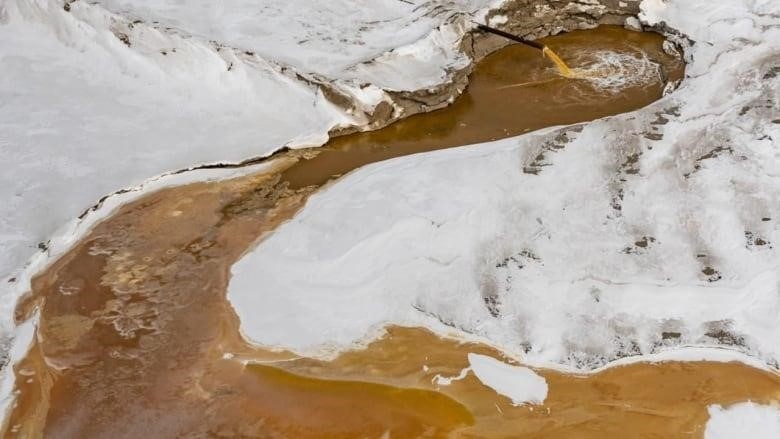
After two wastewater leaks from Imperial Oil’s Kearl mine in Alberta, Environment Minister Steven Guilbeault has called again for a stronger federal presence in the oilsands when it comes to monitoring the environment and communicating about it.
“The federal government wants to change the way we monitor and talk about the tailings ponds because the current system didn’t work in this case,” he said on Monday.
Guilbeault added Ottawa is thinking about the Mikisew Cree First Nation’s suggestions, which include changes to the way the environment is currently monitored by industry.
“We think they’re right. We need a better way to keep track of things.”
In May, discolored water near a tailings pond was seen and reported as the first sign of a leak. It was found to be seepage from tailings, but no more information was given to the First Nations in the area until February, when it was made public and a second release of 5.3 million litres of tailings was made.
Guilbeault said that was not okay.
“The way we do things now isn’t working.”
Guilbeault said again that he wanted to create a new group with members from the federal government, the province, and the First Nations. This group would meet regularly to share information, especially about environmental emergencies like the Kearl releases.
It would also talk about how to clean up tailings spills, how to keep the huge toxic ponds from spreading, and long-term solutions for these problems. These ideas were included in a letter that Guilbeault sent to his provincial counterpart, Sonya Savage, last week.
He said, “We would find ways for everyone to get the information in a timely, clear, and correct way.” “No one should find out about something months later.”
Guilbeault also said that he wants the group to look at how water monitoring in the area could be changed.
“Many people would feel better if monitoring was done on its own.”
The chief of the Mikisew Cree First Nation, Billy-Joe Tuccaro, said that Guilbeault made the same promise at a meeting.
“They said they would do more monitoring,” he said.
The budget for Alberta’s $50 million industry-funded monitoring program hasn’t gone up in ten years. Scientists who work for the program have said that it does a good job of collecting data but not much else with it.
In public statements, Savage has agreed that there needs to be better communication between the two levels of government and that long-term solutions need to be found for the toxic oilsands tailings, which cover 300 square kilometers and hold 1.4 trillion litres.
Guilbeault said Savage seems open to dialogue.
Tuccaro said that Ottawa had promised to send drinking water to the town of Fort Chipewyan, and that water has started to arrive. He said that the water is being given to all First Nations that could be hurt by the spill.
But Tuccaro said that Ottawa has not yet agreed to his band’s long-standing request for a long-term study of the health of the Fort Chipewyan community.
“They haven’t agreed to do a study on the health of the community,” he said. “Wow, that’s big.”
Tuccaro said that Imperial and the provincial government’s claims that there have been no changes to the water or wildlife do not give his community any comfort.
He said, “They couldn’t even tell us that the leak is being stopped.” “We want it to be completely under control.”
Guilbeault said that officials from Imperial Oil and the Alberta Energy Regulator will be asked to talk to the environment and sustainable development committee of the House of Commons.
